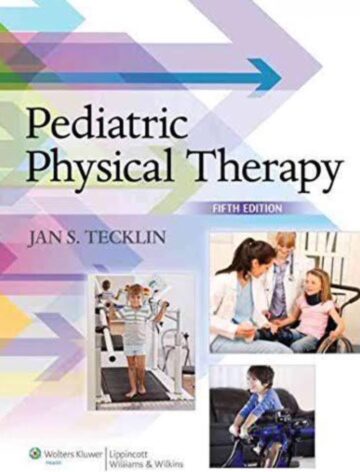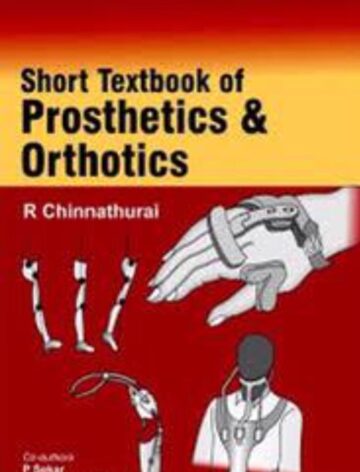www.pakmedicalbooks.com
Laboratory manual in physiology
Price : 800
Format : good quality white paper
EDITION : 2023-24
Pak Medical Books & Services
We deal in all kind of medical books
Delivery all over Pakistan
🛒 Place your order Now
📞 0313-4709195
www.pakmedicalbooks.com
Introduction (100 words):
Laboratory manuals in physiology serve as indispensable tools for students and educators alike, offering a hands-on approach to understanding the intricate workings of the human body. These manuals provide a bridge between theory and practice, allowing students to explore physiological concepts through experiments and exercises. This comprehensive exploration will delve into the essential components and significance of a laboratory manual in physiology, shedding light on its role in facilitating learning and fostering a deep understanding of human physiology.
The Purpose of a Laboratory Manual in Physiology (150 words):
A laboratory manual in physiology is designed with a dual purpose: to reinforce theoretical knowledge and to develop essential laboratory skills. It serves as a structured guide, offering a series of experiments and exercises that align with the curriculum. These practical activities aim to help students grasp complex physiological concepts, reinforcing their understanding through hands-on experience.
Structured Learning and Curriculum Alignment (150 words):
Laboratory manuals are typically organized in a logical sequence, mirroring the progression of a physiology course. This structure ensures that students cover fundamental topics before delving into more advanced concepts. The alignment with the curriculum allows educators to supplement classroom lectures with practical, application-based learning, reinforcing what students have learned in theory.
Experiential Learning (150 words):
Physiology is a field that requires a strong grasp of practical knowledge. Laboratory manuals in physiology offer students the opportunity to apply theoretical concepts in a controlled environment. This experiential learning approach enhances retention and comprehension, as students can observe, measure, and analyze physiological phenomena firsthand.
Equipment and Materials (150 words):
A well-structured laboratory manual provides clear instructions on the equipment and materials needed for each experiment or exercise. This includes details on specialized apparatus, reagents, safety precautions, and measurement instruments. Students learn to handle equipment safely and accurately, developing essential laboratory skills that are transferable to other scientific disciplines.
Experimental Procedures (150 words):
One of the core components of a laboratory manual is the detailed description of experimental procedures. These step-by-step instructions guide students through the process of setting up experiments, collecting data, and interpreting results. Clarity and precision in these instructions are crucial to ensure that students can perform experiments independently and accurately.
Data Collection and Analysis (150 words):
Laboratory manuals provide guidance on data collection techniques, including measurements, observations, and data recording. They also introduce students to data analysis methods, helping them draw meaningful conclusions from their experiments. This aspect of the manual encourages critical thinking and scientific reasoning.
Safety Guidelines (150 words):
Safety is paramount in any laboratory setting. Laboratory manuals include comprehensive safety guidelines to ensure that students and educators adhere to best practices. These guidelines cover issues such as proper handling of chemicals, safety equipment usage, and emergency procedures, fostering a culture of safety and responsibility among students.
Illustrations and Diagrams (150 words):
Laboratory manuals are often enriched with illustrations, diagrams, and images to aid comprehension. Visual representations help students understand complex anatomical and physiological structures, as well as experimental setups. These visuals enhance the learning experience and make abstract concepts more tangible.
Significance in Learning and Education (200 words):
A laboratory manual in physiology plays a pivotal role in the educational journey of students studying life sciences, medicine, or related fields. It bridges the gap between theory and practice, enabling students to explore physiological principles firsthand. This practical exposure not only enhances understanding but also fosters critical thinking, problem-solving, and analytical skills.
Furthermore, laboratory manuals facilitate a deeper appreciation of the scientific method. They encourage students to formulate hypotheses, design experiments, and draw conclusions based on evidence—an essential aspect of scientific inquiry. In addition, the collaborative nature of laboratory work promotes teamwork and communication skills, which are vital in the scientific community and beyond.
The Role of Educators (150 words):
Educators play a crucial role in leveraging the potential of laboratory manuals in physiology. They must select appropriate experiments that align with course objectives and guide students through the process. Effective communication and guidance are essential to ensure that students grasp the underlying principles and techniques.
Moreover, educators should encourage a culture of curiosity and inquiry in the laboratory. They can use laboratory sessions as an opportunity to stimulate discussions, challenge assumptions, and inspire students to explore beyond the confines of the manual. In doing so, they help students develop a genuine passion for physiology and scientific exploration.
Conclusion (100 words):
In conclusion, the laboratory manual in physiology serves as an invaluable resource in the world of science education. It empowers students to transform theoretical knowledge into practical skills, fostering a deep understanding of human physiology. By providing structured experiments, safety guidelines, and opportunities for critical thinking, laboratory manuals contribute significantly to the development of well-rounded and scientifically literate individuals. They remain a cornerstone in the journey of aspiring physiologists, physicians, and scientists, guiding them towards a deeper appreciation of the intricacies of the human body.



Reviews
There are no reviews yet.